Growing Focus on Vehicle Customization
The Automotive Interior Ambient Lighting Market is witnessing a growing focus on vehicle customization, as consumers increasingly desire unique and personalized driving experiences. This trend is particularly evident among younger demographics, who prioritize individuality in their vehicle choices. Market analysis indicates that the customization segment is expected to account for a substantial share of the ambient lighting market, with consumers willing to invest in features that reflect their personal style. Automakers are responding by offering a range of ambient lighting options, including customizable color palettes and programmable lighting sequences. This shift towards personalization not only enhances the appeal of vehicles but also fosters brand loyalty, as consumers are more likely to choose manufacturers that offer tailored solutions.
Regulatory Support for Energy Efficiency
The Automotive Interior Ambient Lighting Market is benefiting from regulatory support aimed at promoting energy efficiency in vehicles. Governments worldwide are implementing stringent regulations to reduce energy consumption and emissions, which has led to a shift towards more sustainable lighting solutions. The adoption of energy-efficient ambient lighting systems, such as LED technology, is being encouraged through incentives and guidelines. Market data indicates that the energy-efficient lighting segment is projected to grow as manufacturers comply with these regulations. This regulatory environment not only drives innovation in lighting technologies but also aligns with consumer preferences for environmentally friendly products. As automakers adapt to these regulations, the integration of energy-efficient ambient lighting is likely to become a standard feature in future vehicle designs.
Increased Awareness of Mood and Well-being
The Automotive Interior Ambient Lighting Market is increasingly influenced by the awareness of mood and well-being among consumers. Research indicates that lighting can significantly impact a person's mood and overall driving experience. As a result, automakers are incorporating ambient lighting features designed to promote relaxation and comfort during travel. This trend aligns with the growing emphasis on mental well-being, as consumers seek environments that enhance their emotional state. Market data suggests that vehicles equipped with mood-enhancing ambient lighting are likely to see higher consumer satisfaction ratings. By creating a calming atmosphere, ambient lighting not only improves the driving experience but also positions manufacturers as leaders in promoting holistic well-being through innovative design.
Rising Consumer Demand for Enhanced Aesthetics
The Automotive Interior Ambient Lighting Market is experiencing a notable surge in consumer demand for enhanced aesthetics within vehicles. As consumers increasingly seek personalized experiences, automakers are integrating ambient lighting to create visually appealing interiors. This trend is reflected in market data, indicating that the ambient lighting segment is projected to grow at a compound annual growth rate of approximately 8% over the next five years. The ability to customize lighting colors and intensities allows consumers to tailor their driving environment, thereby enhancing overall satisfaction. Furthermore, the incorporation of ambient lighting not only elevates the visual appeal but also contributes to a more luxurious feel, which is becoming a key differentiator in the competitive automotive landscape.
Technological Advancements in Lighting Solutions
Technological advancements play a pivotal role in shaping the Automotive Interior Ambient Lighting Market. Innovations such as LED technology and smart lighting systems are revolutionizing the way ambient lighting is implemented in vehicles. The introduction of dynamic lighting systems that can change colors based on driving conditions or user preferences is gaining traction. Market data suggests that the adoption of LED lighting solutions is expected to increase significantly, driven by their energy efficiency and longevity. These advancements not only enhance the aesthetic appeal of vehicle interiors but also improve safety by providing better visibility. As technology continues to evolve, the integration of ambient lighting with other smart features is likely to become a standard in modern vehicles.
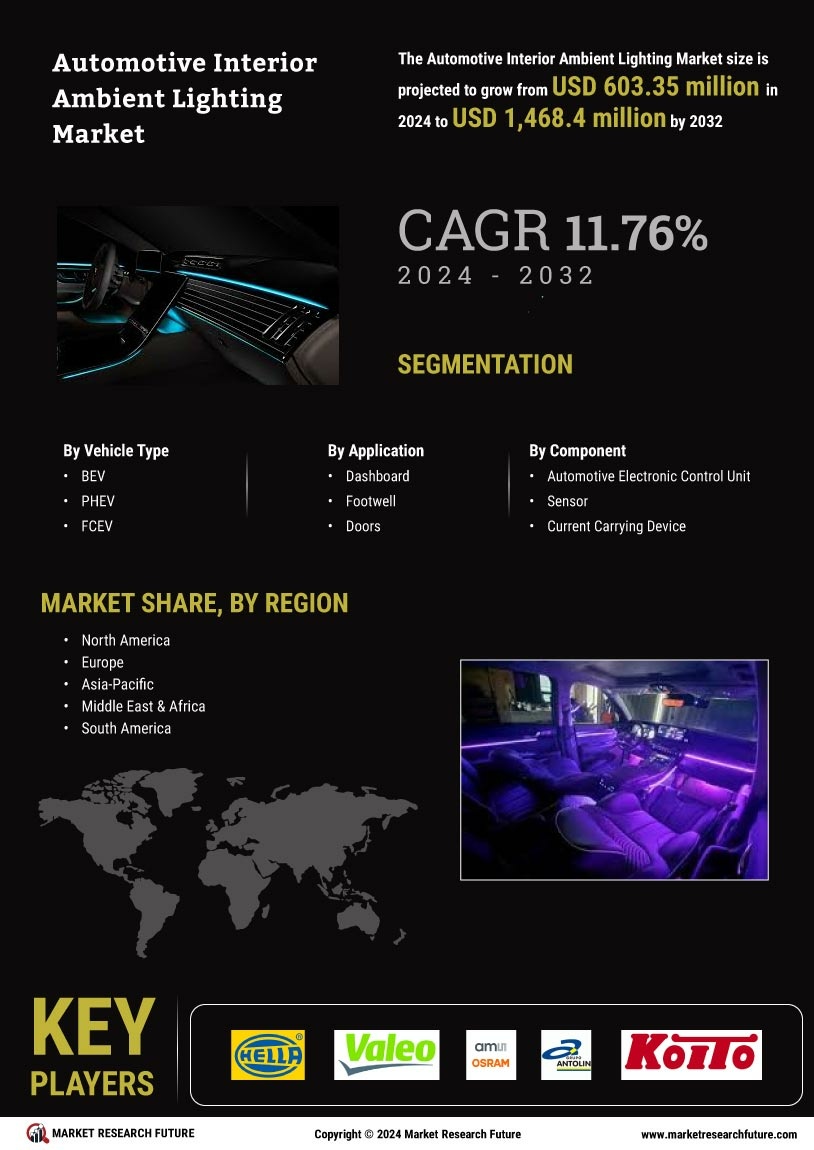

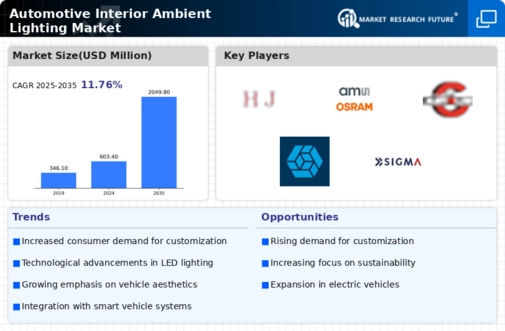
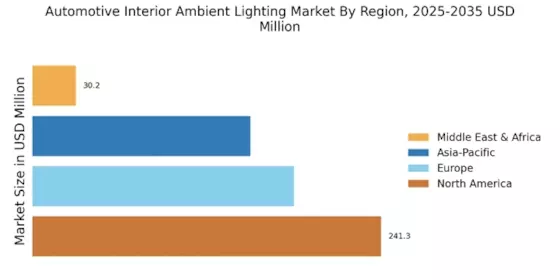
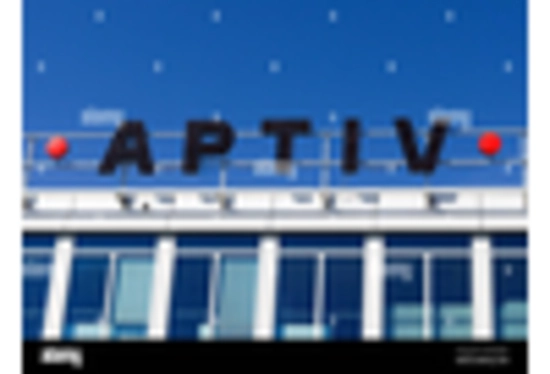
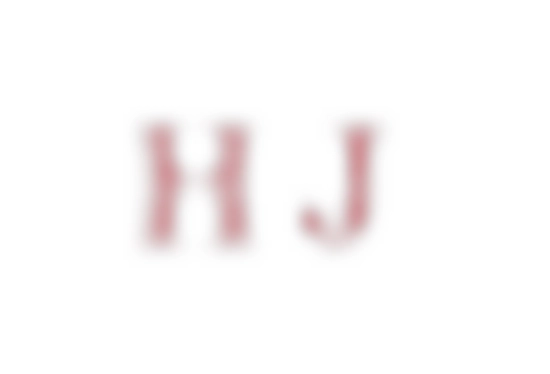
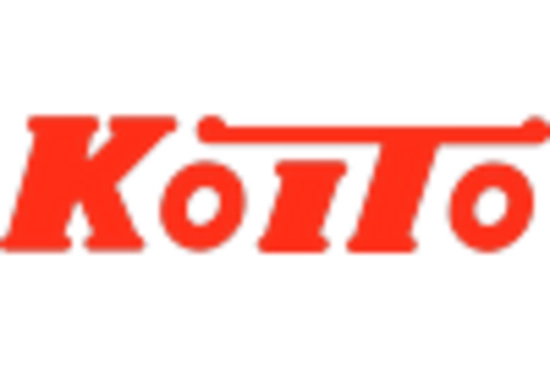
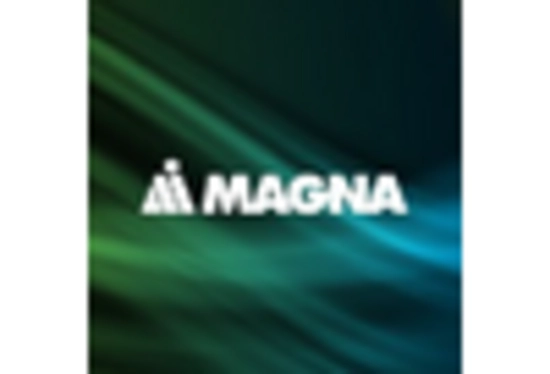
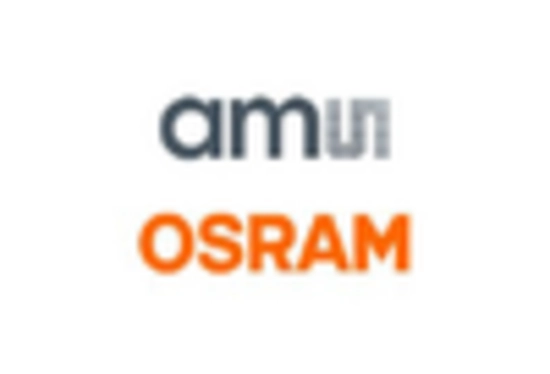
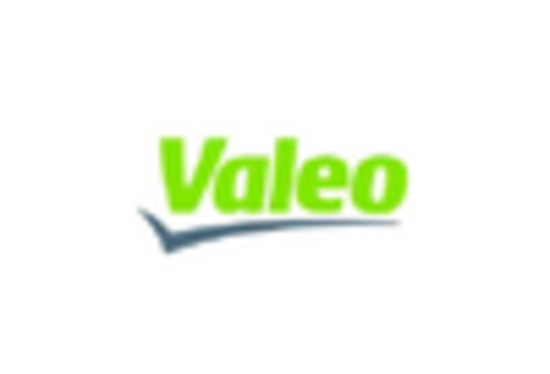








Leave a Comment